Tender belts are undoubtedly a piece of art. This is how they are made:
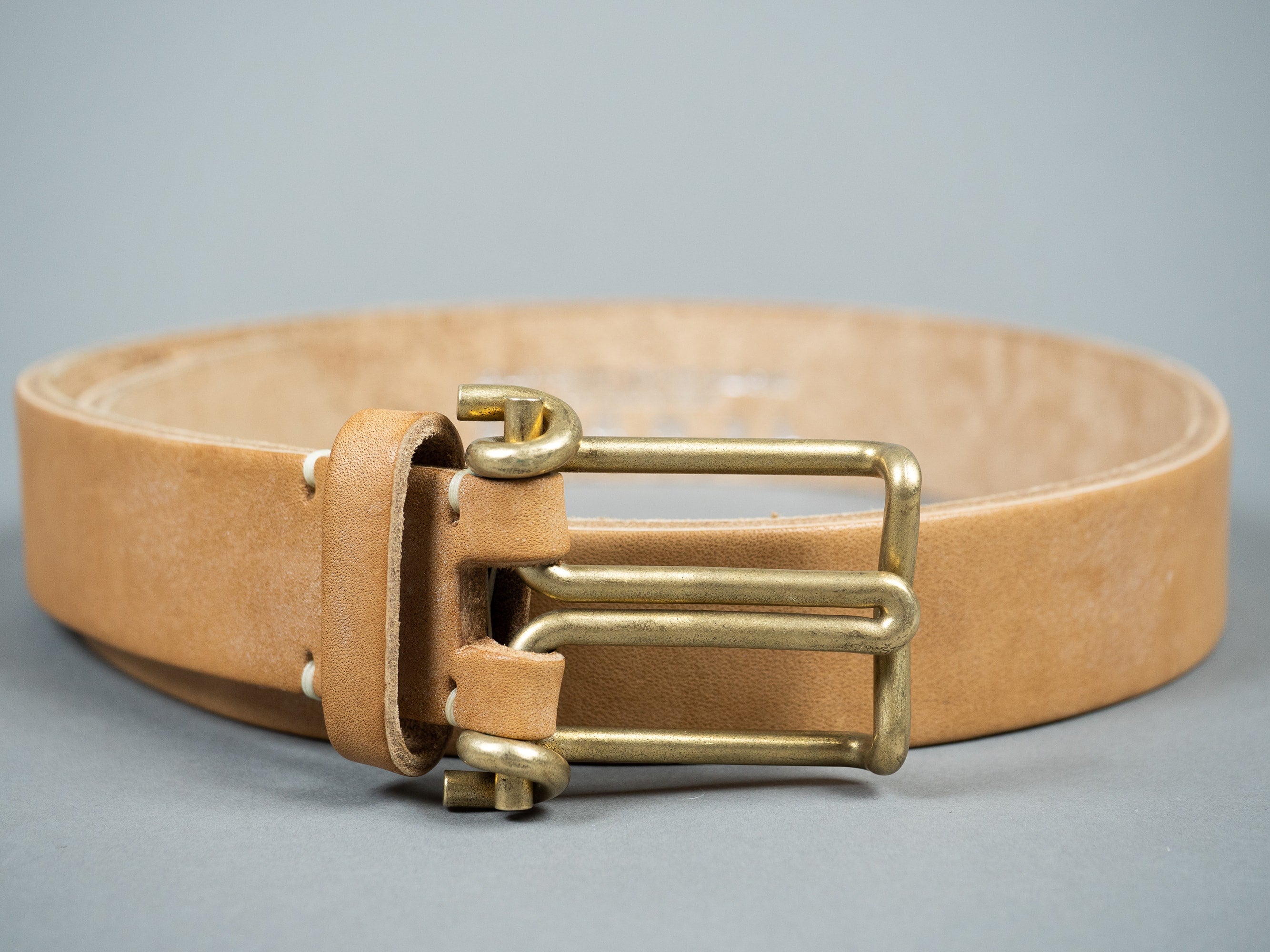
How Tender Belts are Made
The traditional bark tannage takes up to 18 months. The leather it's tanned in Devon. It's the only oak bark tannery left in Britain, and leather has been continuously produced on the site since Roman times:
Because oak-bark liquor is a much weaker tanning solution than chemical tans, the process is much slower. For the first stage of tanning, the skins go into relatively shallow 'handler' pits, so called because the hides are regularly moved around so that the liquor strikes all over the skins evenly:
The hides stay in the hander pits for 2-3 months, then they go into the 'deep pits', where they stay for about a year. The deep pits contain a much more concentrated tanning liquor:
When the hides come out of the deep pits, they look much nicer, and smell incredible. They hang dry in the long interconnecting attics across all the buildings:
The leaher is now ready for finishing. They use a mixture of mutton tallow (fat) and fish oil, which is rubbed in first with heavy brushes, and then with cloths (similar to polishing shoes):
The leather is now shaved down to the desired thickness, on a big lathe. Tender likes the leather as thick as possible. The natural tan colour is around 6mm:
Belt buckles are all cast in solid brass in Devon, using the lost-wax method. This is one of the oldest casting methods, which gives a lovely casting with good definition, but which needs a new mould to be made for every single piece cast, so it's not good for high volume.
Three pieces are set into a soft rubber, which is allowed to dry and then cut open. once the mould is made, soft wax castings need to be made. First the raw wax gets melted down in a pan and then the molten wax is poured down the holes in the rubber mould and allowed to set:
Brass ingots are sawn into manageable chunks leaving a pile of brass dust and a box of cut brass which is melted down in a ceramic crucible.
The crucible is heated in an oven, and pulled out with big pincers, then poured into the plaster. The castings are then sawn off, leaving the central trunk, which will be melted down again for a future casting:
Now the castings are ready, but are still unusable, as they have big sticks of sprue left on them (the brass that filled the channels where the brass was poured into the mould).
This is cut off, one by on, by hand and the rough edges get smoothed off on a rotary grinder:
And the castings are finally put through a vibrating box full of wet marble chips, which take off any last sharp edges and give the brass a lovely shine:
To finish the belt, the leather artisan cut the leather by hand and leaves the edges raw (no paint or anything), but a quick sweeep over a cotton buffer just takes off the rougher fibres from the leather and softens the corners very slightly:
All the finish process is made by hand, the holes which the buckle stitch will go through are punched with an awl and the buckle gets sewn on, by hand, through the 4 holes punched at the beginning. The thread is tubular knitted and heavily waxed, so that when it sinks into the leather it sets solid and won't fray. It's called tiger thread:
Finally the back of the belt is stamped using a silver foil on a heat press and the size number is stamped in by hand:
The final result is excellent:

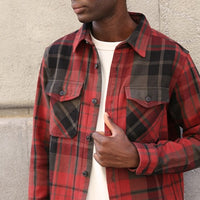
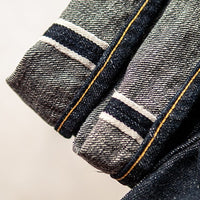
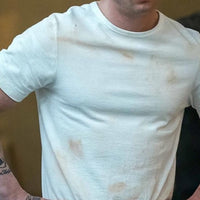


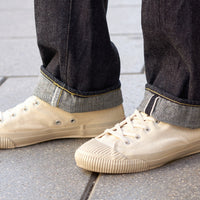
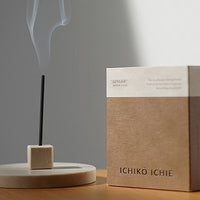
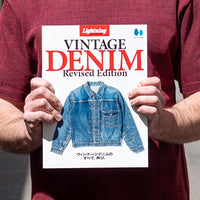
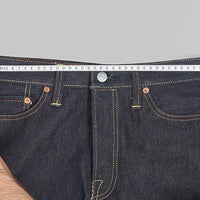
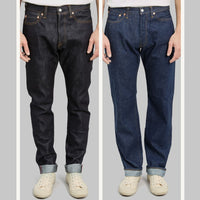

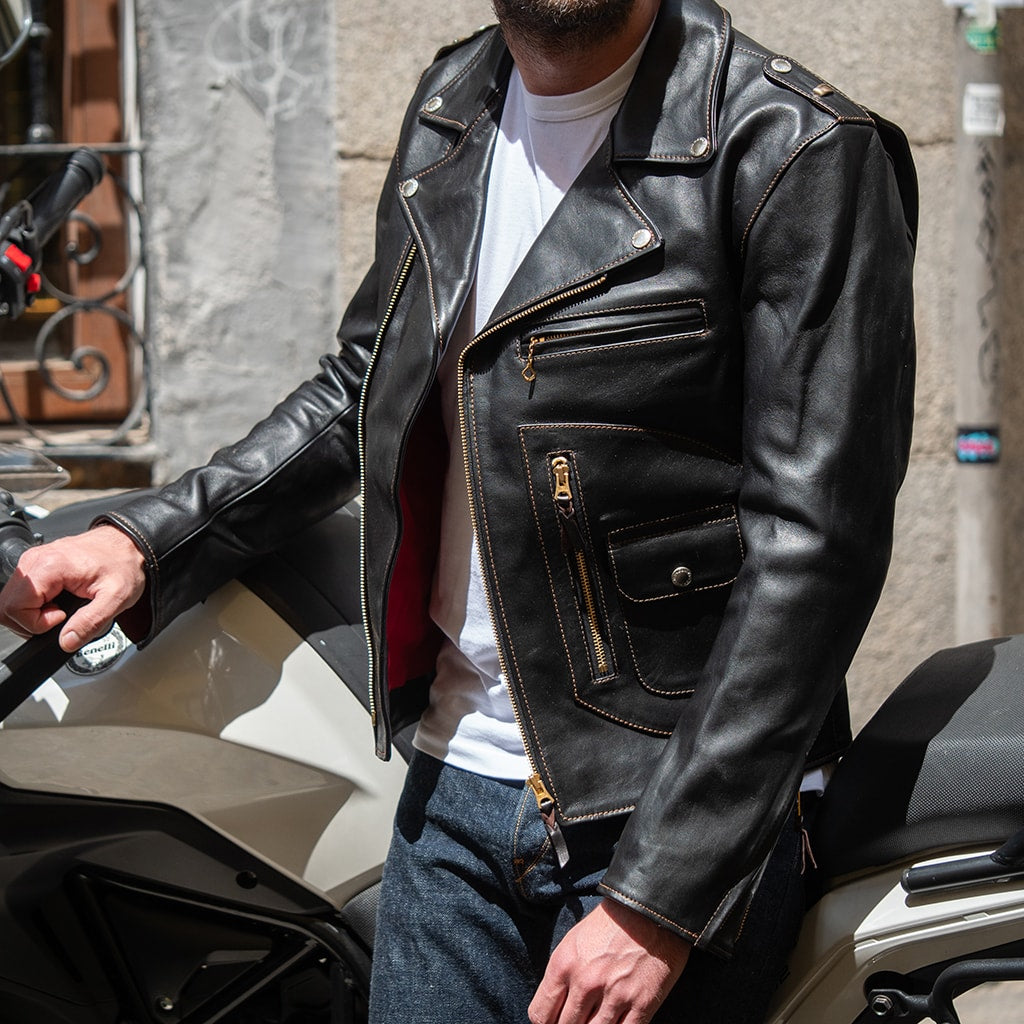
Leave a comment
This site is protected by hCaptcha and the hCaptcha Privacy Policy and Terms of Service apply.